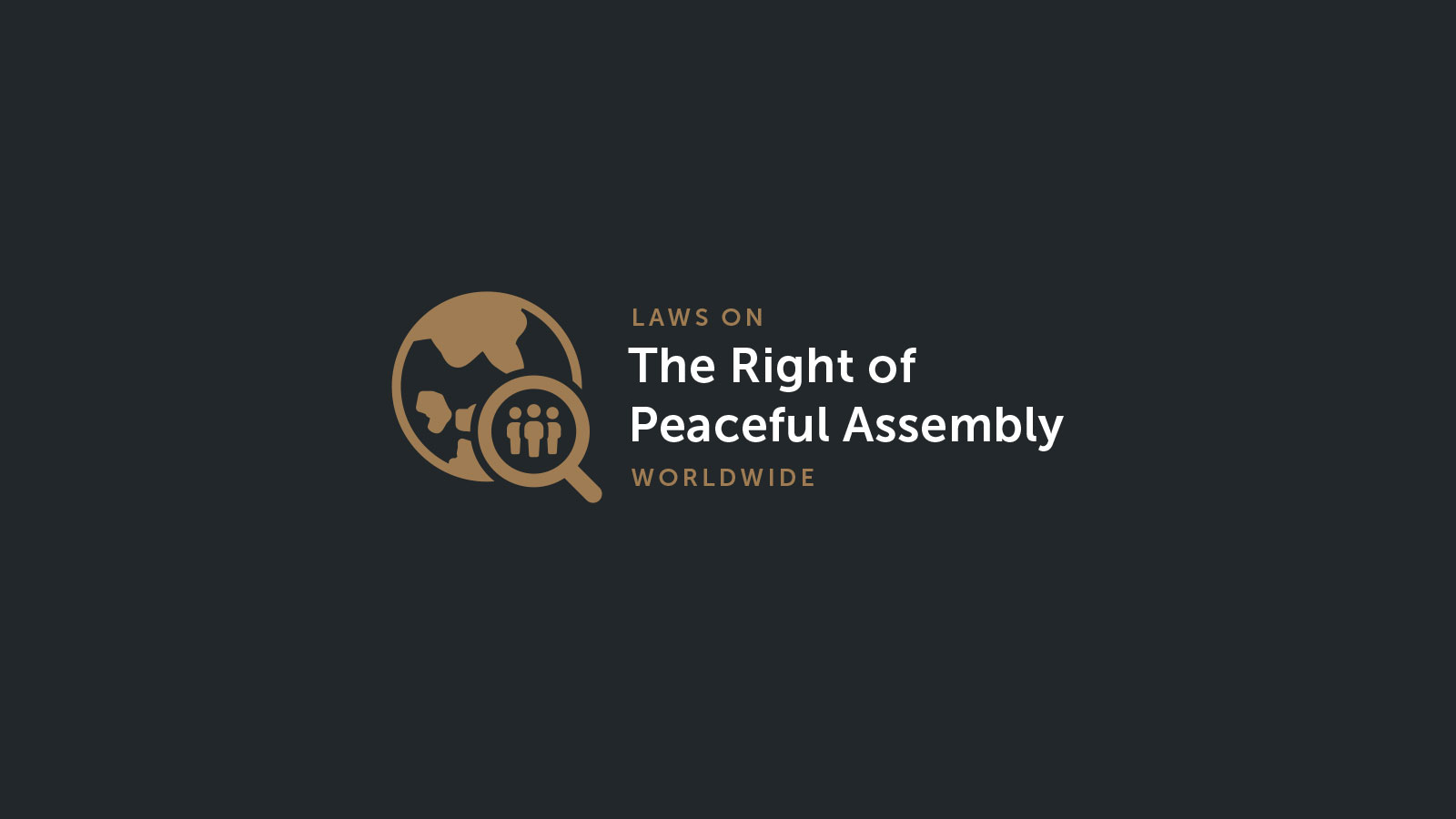The International Human Rights Framework on the Right of Peaceful Assembly
New Zealand is a State Party to the 1966 International Covenant on Civil and Political Rights (ICCPR). Article 21 governs the right of peaceful assembly, providing that:
The right of peaceful assembly shall be recognized. No restrictions may be placed on the exercise of this right other than those imposed in conformity with the law and which are necessary in a democratic society in the interests of national security or public safety, public order (ordre public), the protection of public health or morals or the protection of the rights and freedoms of others.
New Zealand is also a State Party to the First Optional Protocol to the ICCPR, which allows individuals to petition the Human Rights Committee if they believe the State has violated their human rights as protected under the Covenant.
There is no regional Asian human rights treaty to which New Zealand could adhere.
The Domestic Legal Framework on the Right of Peaceful Assembly
Constitutional Provisions
Under Section 16 of the 1990 New Zealand Bill of Rights Act, "Everyone has the right to freedom of peaceful assembly."
National Legislation
There is no dedicated legislation governing public assemblies in New Zealand.
The Legal Framework on Use of Force During Assemblies
The Use of Force
International Legal Rules
Under international law, the duty on the State and its law enforcement agencies is to facilitate the enjoyment of the right of peaceful assembly. According to the 1990 United Nations Basic Principles on the Use of Force and Firearms by Law Enforcement Officials:
In the dispersal of assemblies that are unlawful but non-violent, law enforcement officials shall avoid the use of force or, where that is not practicable, shall restrict such force to the minimum extent necessary.
All force used by police and other law enforcement agencies must be necessary for a legitimate law enforcement purpose and proportionate to that purpose.
National Legislation
The use of force by New Zealand Police is generally regulated by the 1961 Crimes Act. It allows "such force as may be necessary to overcome any force used" in resisting arrest, unless the arrest can be made "by reasonable means in a less violent manner".S. 39, 1961 Crimes Act.
The Use of Firearms
International Legal Rules
According to the 1990 United Nations Basic Principles, in the dispersal of violent assemblies, a law enforcement official may only use a firearm against a specific individual where this is necessary to confront an imminent threat of death or serious injury or a grave and proximate threat to life.
National Legislation
When the New Zealand Police do carry firearms their use is governed by Police General Instructions.F061 - Use of Firearms by Police, Police General Instructions around the use of firearms, the issuing and carriage of firearms procedures by New Zealand Police.These instructions, which were made public in 2007, state as follows that:
(2) Police members shall not use a firearm except in the following circumstances:
(a) to DEFEND THEMSELVES OR OTHERS (Section 48 Crimes Act 1961) if they fear death or grievous bodily harm to themselves or others, and they cannot reasonably protect themselves, or others, in a less violent manner;
(b) to ARREST an offender (Section 39 Crimes Act 1961) if they believe on reasonable grounds that the offender poses a threat or death or grievous bodily harm in resisting his or her arrest; and the arrest cannot be reasonably effected in a less violent manner and the arrest cannot be delayed without danger to other persons;
(c) to PREVENT THE ESCAPE of an offender (Section 40 of the Crimes Act 1961) if it is believed on reasonable grounds that the offender poses a threat of death or grievous bodily harm to any person (whether an identifiable individual or members of the public at large) and he or she takes to flight to avoid arrest, or he or she escapes after his or her arrest and such flight or escape cannot reasonably be prevented in a less violent manner.
(3) In any case an offender is not to be shot:
(a) until he or she has first been called upon to surrender, unless in the circumstances it is impracticable and unsafe to do so and
(b) it is clear that he or she cannot be disarmed or arrested without first being shot and
(c) in the circumstances further delay in apprehending him or her would be dangerous or impracticable.
Where practical, the police should not use a firearm unless it can be done without endangering other persons.
State Compliance with its Legal Obligations
Views and Concluding Observations of United Nations Treaty Bodies
In its 2016 Concluding Observations on New Zealand, the Human Rights Committee did not address the right of peaceful assembly as a concern.
Regional Jurisprudence
There is no regional human rights body to which alleged victims of a violation of the right of peaceful assembly can complain.
Views of Civil Society
According to Freedom House's 2019 report on New Zealand:
The government generally respects freedom of assembly. Large protests on a variety of topics have proceeded without incident in recent years, though in July 2018 protesters demonstrating against the use of a chemical pesticide were prevented from crossing Auckland’s Harbour Bridge by police on public safety grounds


 Glossary
Glossary

 About Us
About Us
 Twitter
Twitter